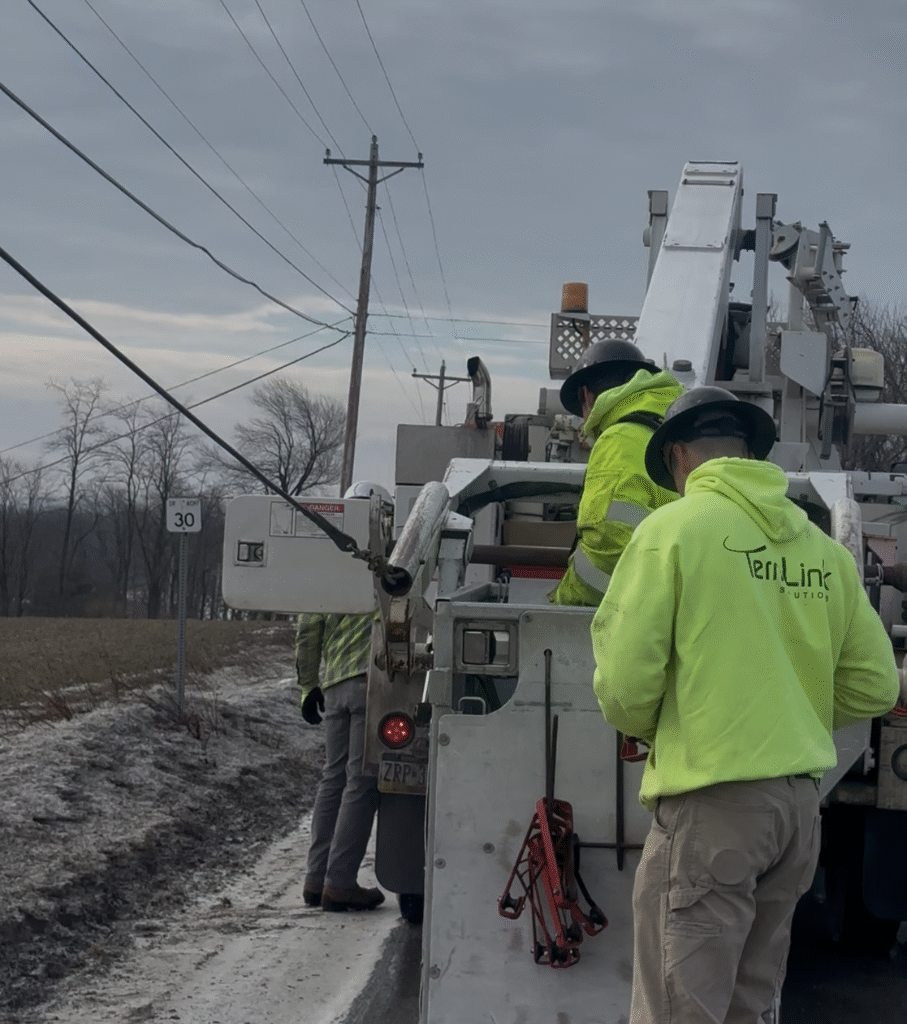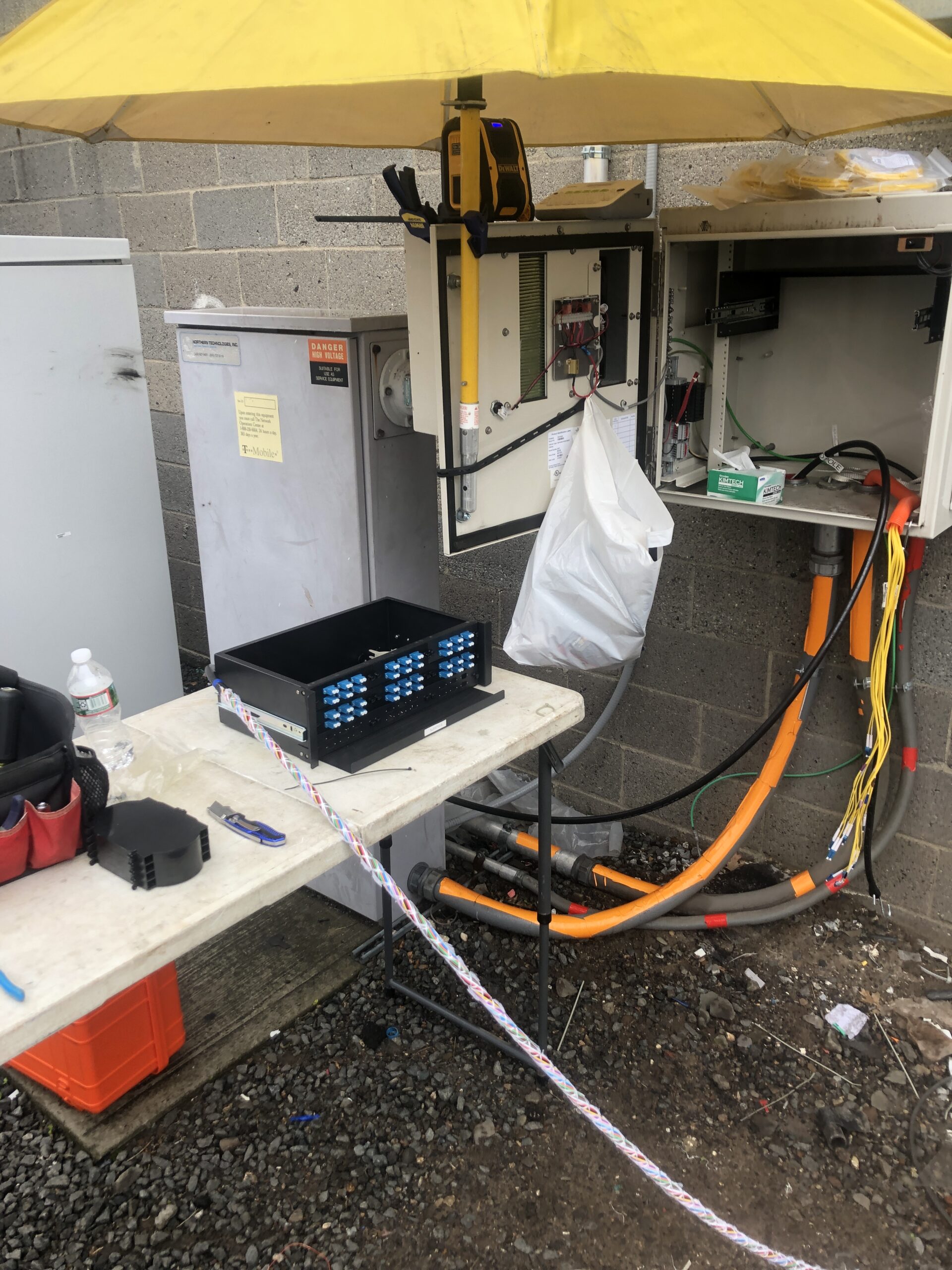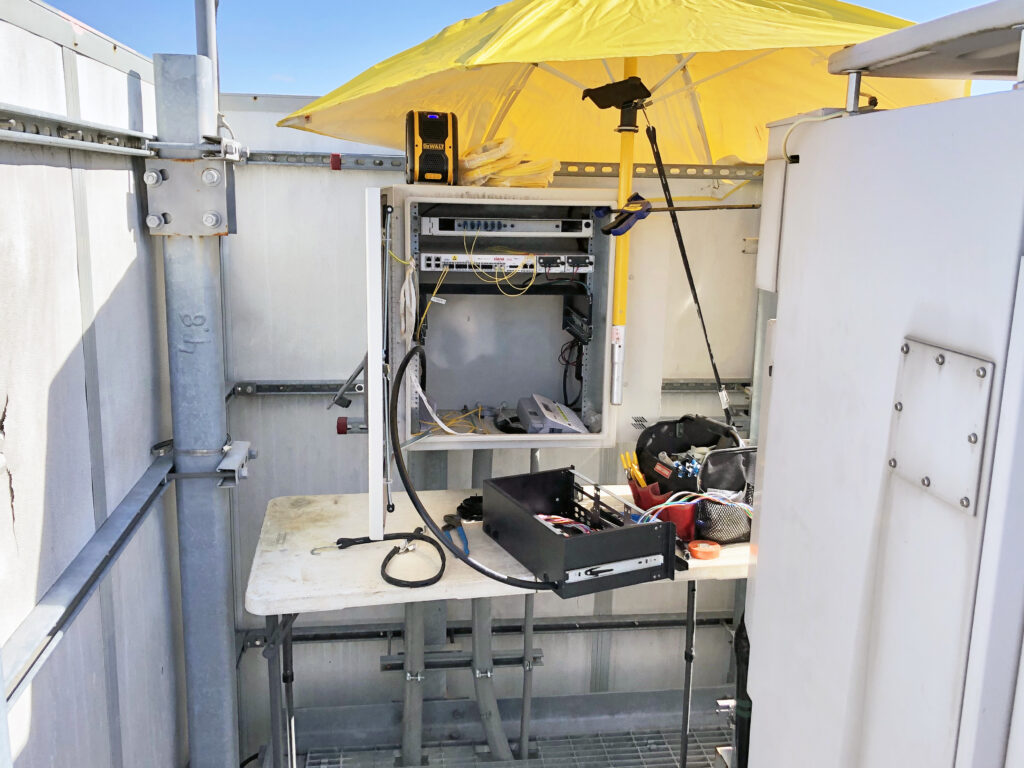
When people think about cybersecurity, they often picture hackers behind keyboards. But the truth is, many breaches don’t begin in cyberspace, they start in the field. The physical infrastructure carrying our data is just as critical to protect as the software guarding it. Fiber cabinets, lines, and splice points are prime targets for tampering, theft, or accidental damage. At Termlink, we know physical security is a cornerstone of data protection.
Why Physical Security Matters for Fiber

Every piece of fiber infrastructure plays a role in delivering secure, reliable connectivity. If a cabinet is left unlocked, or if a splice point isn’t properly secured, the entire network can be exposed. This isn’t just about downtime, it’s about protecting sensitive information flowing through the network. From utility data to emergency communications, the physical security of fiber is directly tied to cybersecurity.
Vulnerabilities in the Field
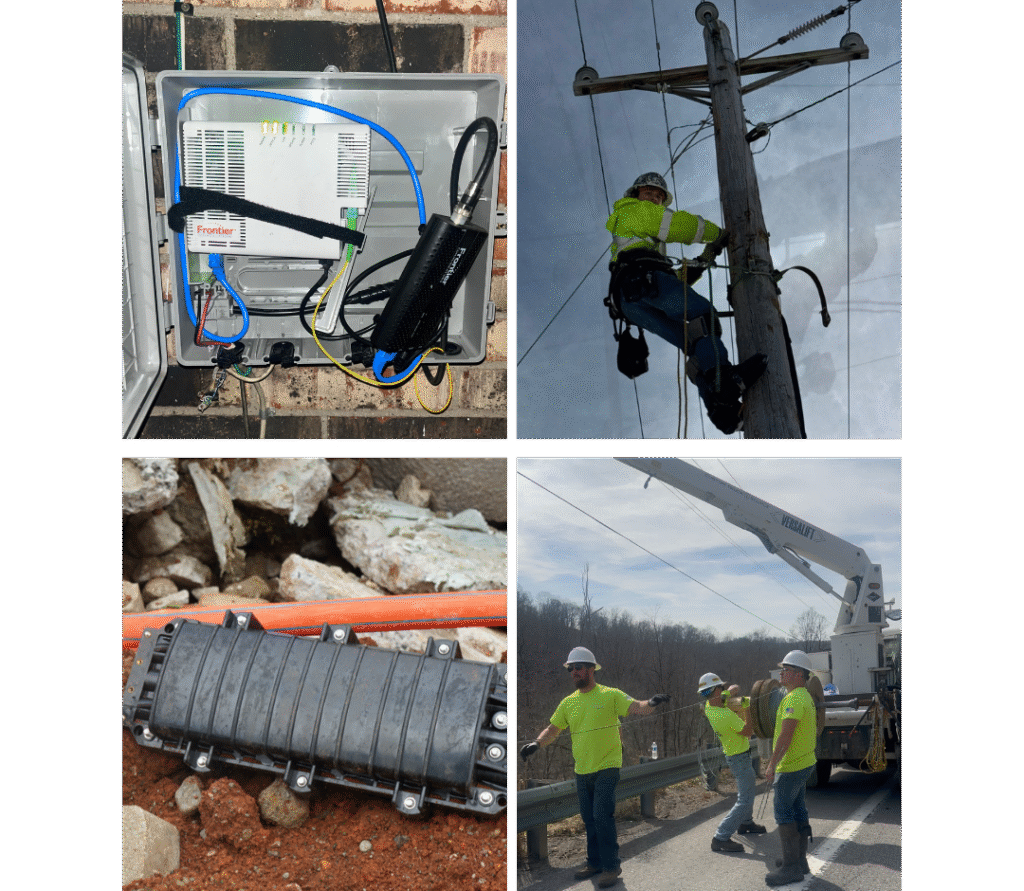
Fiber installations face unique risks:
- Cabinets: Often located in public or semi-public spaces, cabinets can be tampered with if not properly locked and monitored.
- Aerial Lines: Overhead fiber is exposed to weather, wildlife, and unauthorized access if routes aren’t protected.
- Splice Points: Poorly secured splice closures can allow intrusion or create signal loss that leaves the network vulnerable.
- Construction Zones: Active work sites can expose equipment to theft or damage if not closely supervised.
Each of these areas requires attention and preventative measures to ensure long-term reliability.
Best Practices for Securing Fiber Infrastructure
Strong security doesn’t happen by accident, it’s built into every step of the process. Key practices include:
- Locking Cabinets and Enclosures: Only authorized personnel should have access.
- Tamper-Proof Closures: Modern closures help protect splices from intrusion.
- Routine Inspections: Regular checks ensure no damage, tampering, or deterioration is left unnoticed.
- Jobsite Security Protocols: Controlled access, surveillance, and clear chain-of-custody procedures safeguard critical equipment.
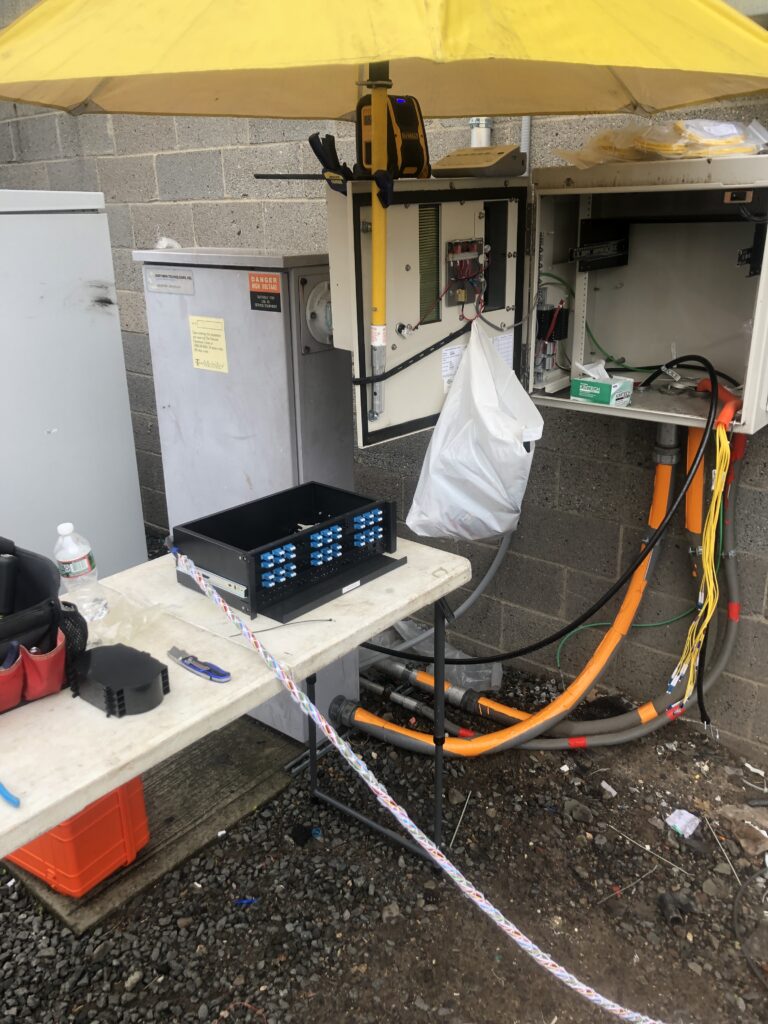
By treating physical security as part of every project, Termlink helps customers rest assured their networks are built to last.
The Intersection of Physical and Cybersecurity
Physical security and cybersecurity go hand in hand. Even the best firewalls and encryption are useless if someone can physically tap into a line or disrupt a cabinet. Protecting the physical network is the first step in protecting digital data. Fiber contractors have a responsibility to ensure both reliability and resilience in the face of threats.
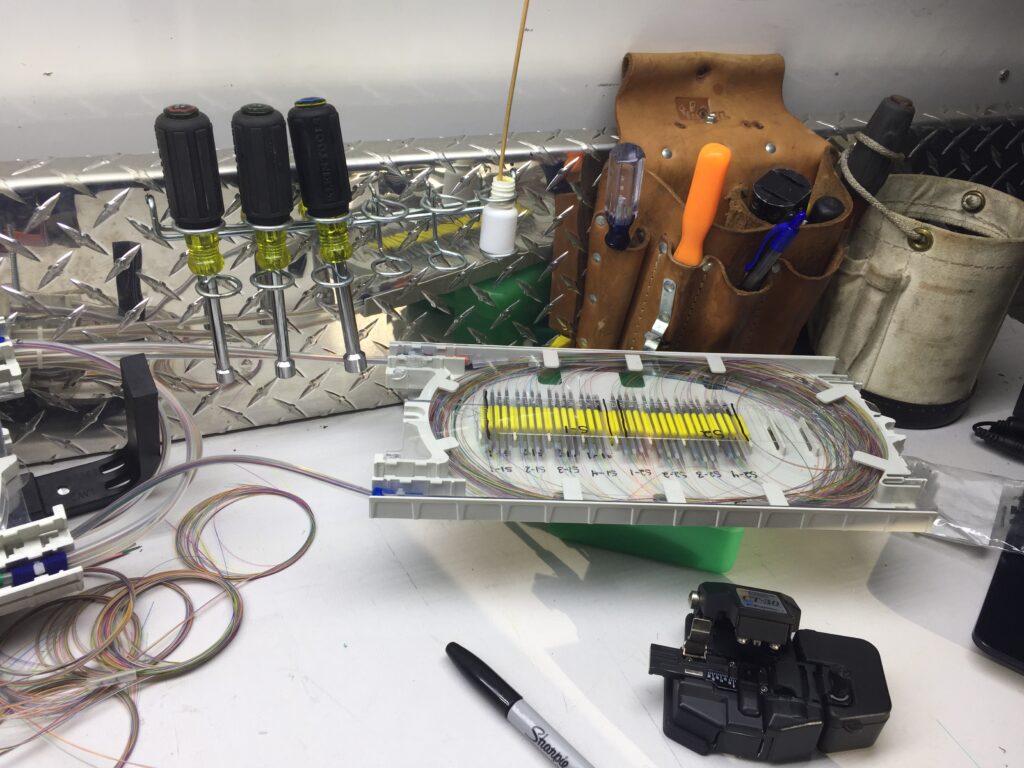
Conclusion
In today’s connected world, fiber infrastructure is more than just cables and cabinets, it’s the backbone of our digital lives. Protecting that infrastructure requires a commitment to physical security at every level. At Termlink, we make sure every splice point, cabinet, and line is secured, because true cybersecurity starts on the ground.
Ready to build fiber networks with physical and digital security in mind? Contact Termlink to discuss your next project.
